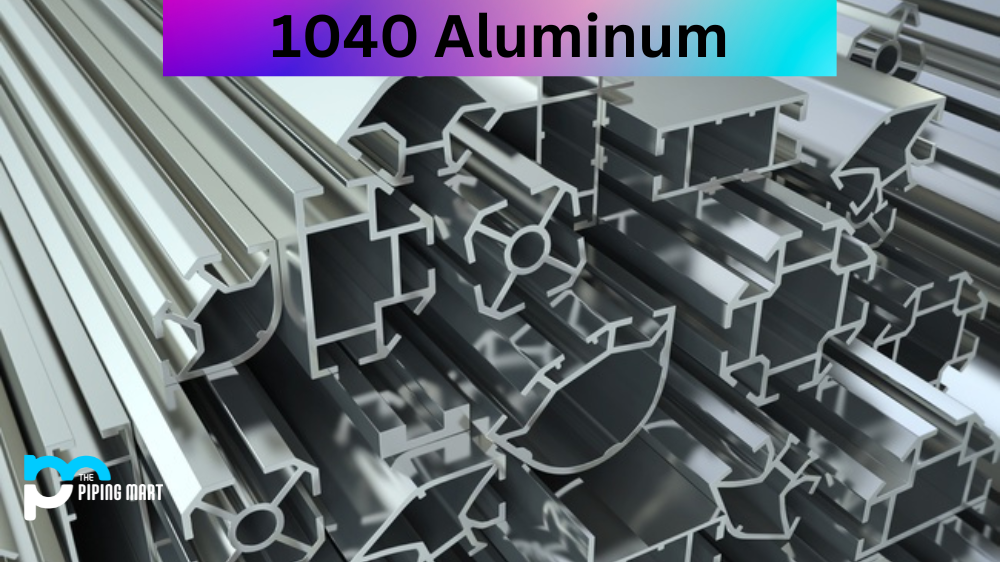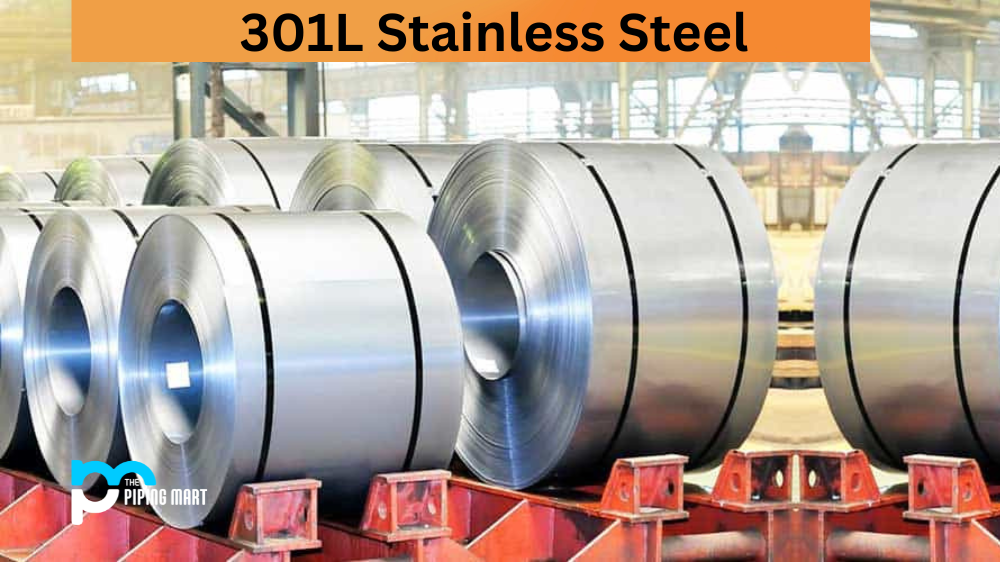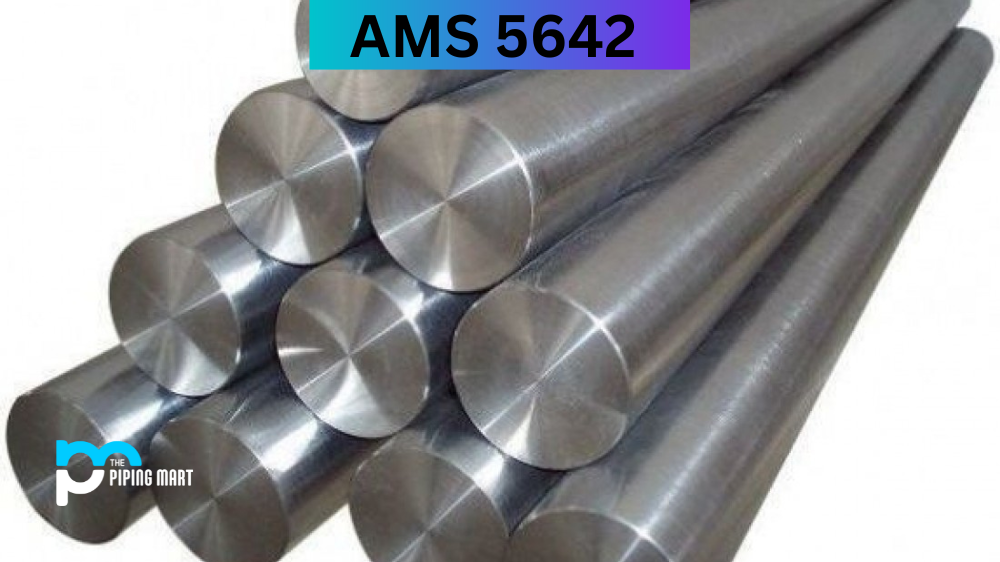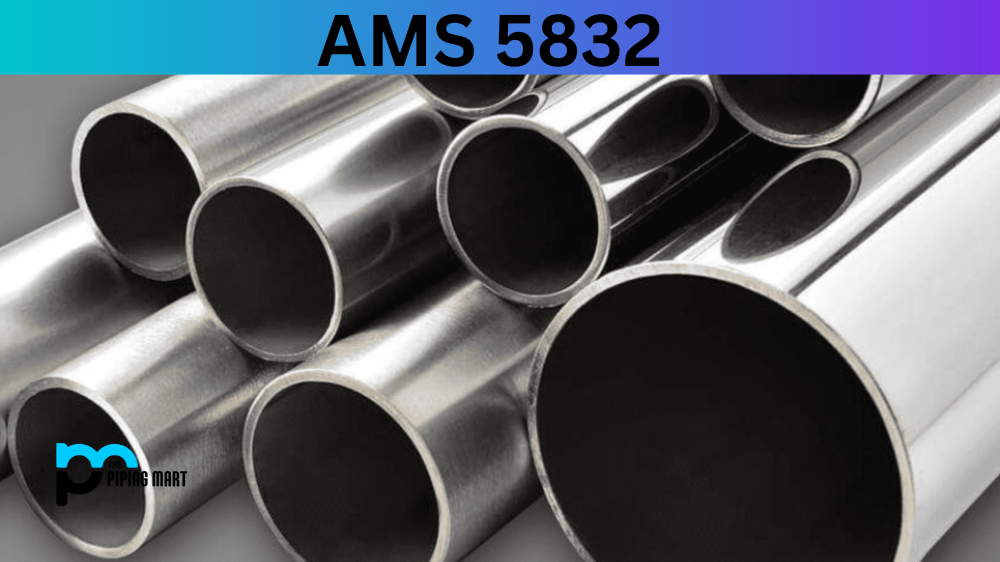Aluminum is one of the most versatile and commonly used materials in various industries, ranging from aerospace to automotive, construction to consumer goods. Among the different aluminium alloys available today, one that stands out is 1040 aluminium. This post provides an overview of 1040 aluminium, including its composition, physical and mechanical properties, uses, heat treatment, and other important information.
1040 Aluminum Composition
1040 aluminium belongs to the wrought aluminium alloy family and is primarily composed of aluminium, constituting 95.00 – 96.8% of the alloy’s weight. The remainder includes varying percentages of silicon, iron, copper, zinc, magnesium, manganese, and chromium. Compared to other aluminium alloys, 1040 has excellent machinability and weldability.
| Component Elements Properties | Original Value | Comments |
|---|---|---|
| Aluminum, Al | >= 99.40 % | Specified |
| Copper, Cu | <= 0.10 % | |
| Iron, Fe | <= 0.50 % | |
| Magnesium, Mg | <= 0.05 % | |
| Manganese, Mn | <= 0.05 % | |
| Other, each | <= 0.03 % | |
| Silicon, Si | <= 0.30 % | |
| Titanium, Ti | <= 0.03 % | |
| Vanadium, V | <= 0.05 % | |
| Zinc, Zn | <= 0.10 % |
1040 Aluminum Physical Properties
1040 aluminium has a density of 0.0975 lb/in³, making it a lightweight and durable material. It has a melting point of 1175°F and a thermal conductivity of 116 W/mK. 1040 aluminium also has high electrical conductivity and corrosion resistance, making it suitable for outdoor applications.
| Physical Properties | Original Value | Comments |
|---|---|---|
| Density | 2.705 g/cc | AA; Typical |
1040 Aluminum Mechanical Properties
1040 aluminium exhibits excellent mechanical properties, including high tensile and compressive strength and good fatigue resistance. The yield strength of 1040 aluminium ranges from 22,000 to 29,000 psi with a modulus of elasticity of 10.3 Msi. Other critical mechanical properties include elongation, hardness, and toughness, which vary depending on the heat treatment applied.
1040 Aluminum Uses
1040 aluminium has many applications across industries, including aircraft landing gear, industrial equipment, automotive parts, and consumer goods such as cookware, kitchen utensils, and appliances. It’s also an excellent choice for creating tight tolerances in parts such as valves and electrical connectors.
1040 Aluminum Heat Treatment
1040 aluminium’s mechanical properties can be further improved through heat treatment processes such as annealing, quenching, and tempering. Annealing involves heating the alloy to a specific temperature range and cooling it slowly to relieve internal stresses and improve flexibility. Quenching involves rapidly cooling the metal by immersing it in a cooling medium such as water or oil to increase hardness. Finally, tempering involves reheating the quenched metal to reduce its brittleness and improve toughness.
1040 Aluminum Hardness
1040 aluminium’s hardness varies depending on the applied heat treatment, ranging from 50-60 on the Rockwell hardness scale. The alloy’s hardness can be further improved through cold working processes such as rolling, stretching, or drawing.
Conclusion
1040 aluminium is a versatile, durable, lightweight, and easy-to-machine material with broad applications across multiple industries. It’s excellent properties and customizable heat treatments make it an ideal choice for industrial and consumer-based products. Knowing the properties and possible applications of 1040 aluminium can help one make informed decisions that will maximize product performance and quality.




